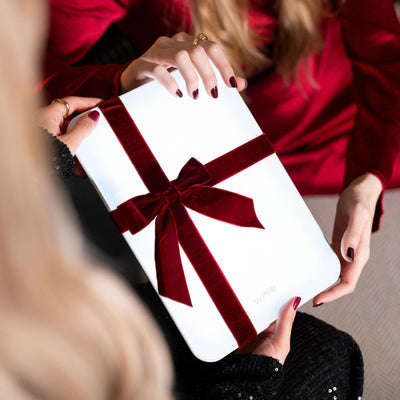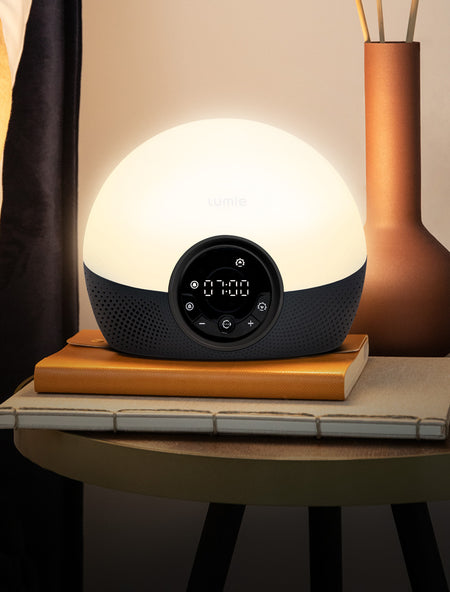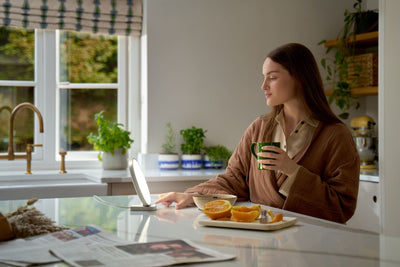Winter blues and SAD: in conversation with Dr Sophie Bostock
As we head into autumn and winter, many of us experience lower mood and energy levels. We catch up with Dr Sophie Bostock to discuss symptoms of winter blues and SAD and the benefits of light therapy.
Do you experience low mood every winter?
Do you crave carbohydrates, and find yourself eating more?
Do you shy away from social occasions, and feel more like hibernating?
Many of us suffer a reduction in energy and mood post clock change, which is often informally known as ‘the winter blues’. For others, seasonal depression or Seasonal Affective Disorder (SAD) can be an incredibly debilitating condition.
Seasonal low mood is thought to be triggered by a reduction in light exposure. The brain relies on bright light to coordinate our internal 24 hour circadian rhythms, or body clocks. Light helps us to feel alert during the day, and darkness helps us to sleep at night. Most interior lighting is thousands of times less intense than natural daylight, so if we stay inside all day during daylight hours, our brains can struggle to regulate our internal rhythms, leading to lack of energy and low mood.
For many people, light therapy brings about the fastest improvements in symptoms. Light therapy usually consists of following a ‘light recipe’ - such as sitting with a 10,000 lux lamp at a set distance for 30 minutes at the same time every morning. If you don’t experience severe symptoms, you might only need a shorter duration or less intense light exposure. I would recommend writing a diary of your light use, and tracking mood and sleep to see what difference it makes. Most people who experience a benefit will start to do so within 7 days.
Many people don't realise that light therapy has also been proven to be effective for improving mood in those suffering from non-seasonal depression (for example, Zhou et al 2022). Research shows that light exerts powerful effects on both emotion and cognition, and affects the activity, functional connectivity, and plasticity of multiple brain structures (Chen et al 2021).
To use a light box, put it in front of you or slightly off to the side. Don't look directly at the light but do keep your eyes open. You can eat your breakfast, read, watch television, or work on a computer while you're exposed to the light.
SAD is a subtype of depression, and as with all depressive illness, it’s important to seek advice from your doctor about the right treatment for you. Side effects are rare, but may include mild headaches or eye strain, which should stop if you stop using the light, or reduce its intensity or duration. For a long time, patients with bipolar disorder were excluded from light therapy trials because of concern that it could trigger a hypomanic state, but research suggests that over 50% of patients with winter depression and bipolar disorder can benefit (van Hout et al 2020).
Alternatives to light therapy include:
- spending time outdoors
- getting physically active
- psychotherapy, such as Cognitive Behavioural Therapy
- antidepressant medication























